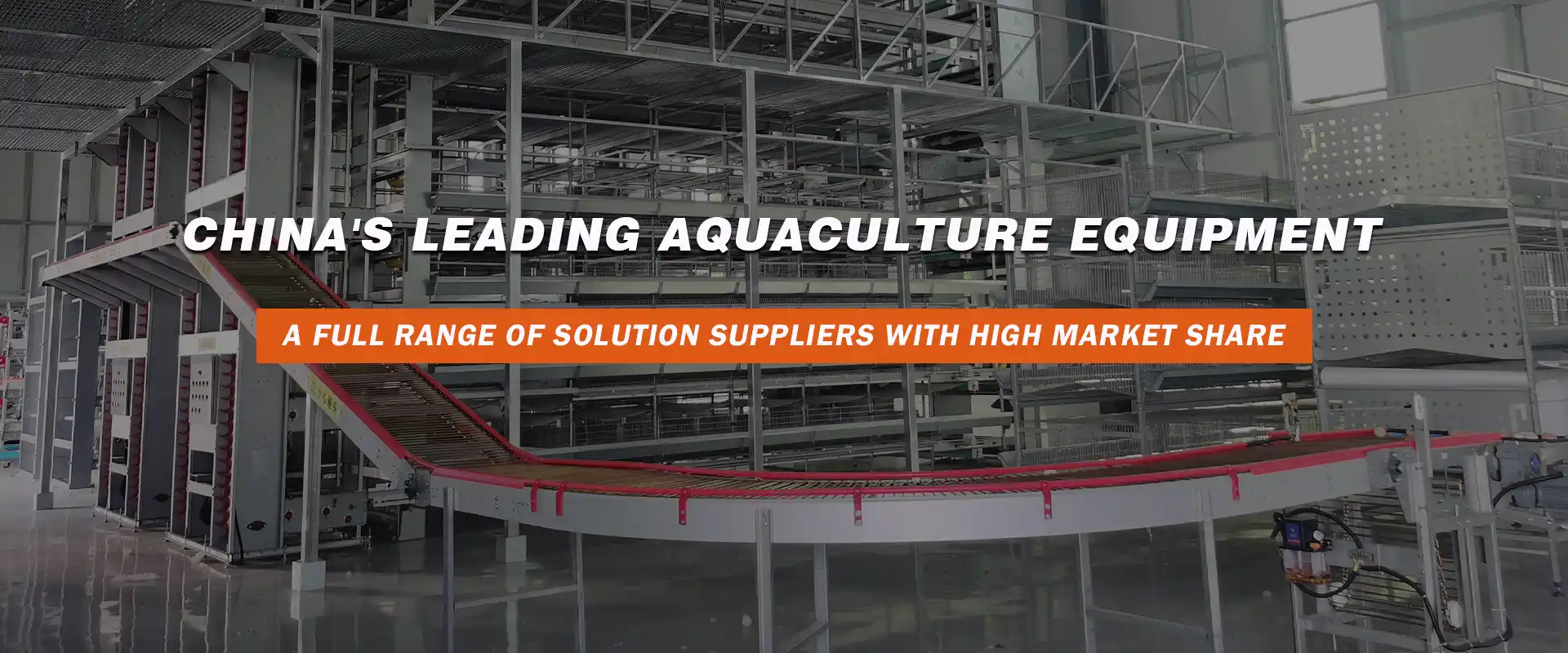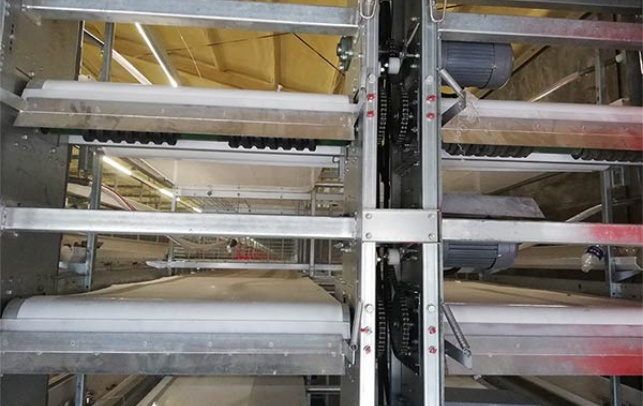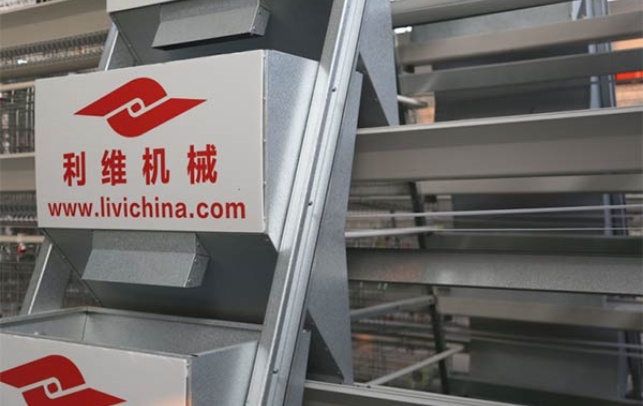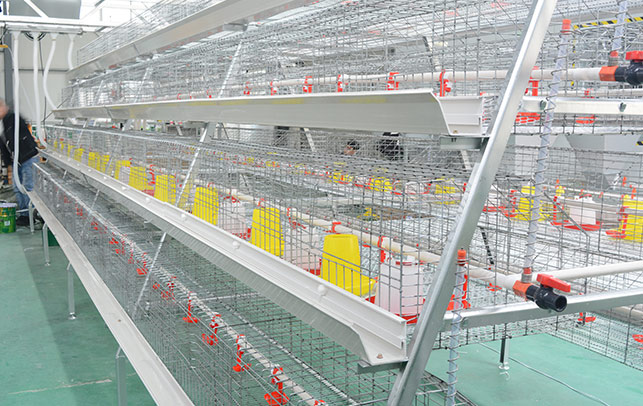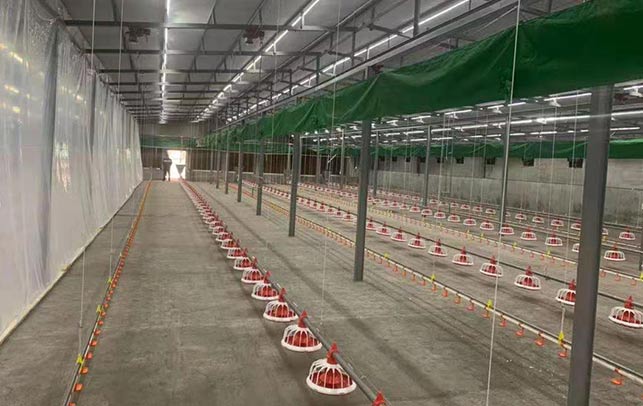Efficient 10000 Layer Poultry Farming System: A Comprehensive Guide
Time : 2025-06-25
The poultry farming industry has seen remarkable advancements over the years, with the introduction of innovative systems that aim to maximize production efficiency while minimizing costs and environmental impact. One such system is the 10,000 layer poultry farming system, designed to handle a high density of birds while ensuring optimal health, growth, and welfare. This article will delve into the key aspects of an efficient 10,000 layer poultry farming system, providing insights into the equipment, management strategies, and technological innovations that make it a viable and profitable venture.
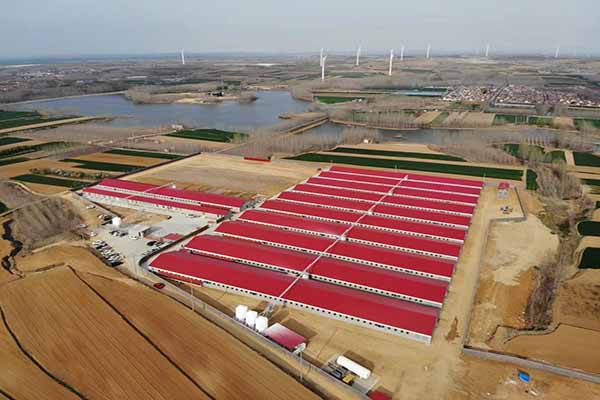
Introduction to 10,000 Layer Poultry Farming System
The 10,000 layer poultry farming system is a high-density poultry production model that houses up to 10,000 laying hens in a single facility. This system requires a careful balance of biosecurity, ventilation, lighting, and feeding to ensure the health and productivity of the birds. By implementing advanced technologies and management practices, farmers can achieve high yields while maintaining the well-being of their flock.
Key Components of an Efficient System
1. Poultry House Design
The design of the poultry house is crucial for the success of a 10,000 layer system. It should be spacious enough to accommodate the birds comfortably, with adequate room for movement and expansion. The house should also be designed for easy cleaning and disinfection to prevent the spread of diseases.
2. Ventilation and Environmental Control
Proper ventilation is essential for maintaining optimal environmental conditions within the poultry house. An efficient system should include mechanical ventilation, controlled by sensors that adjust air flow based on temperature, humidity, and ammonia levels. This ensures that the birds are comfortable and the environment is conducive to their growth and productivity.
3. Lighting
Lighting plays a significant role in poultry production, influencing the laying cycle and overall bird welfare. A 10,000 layer sy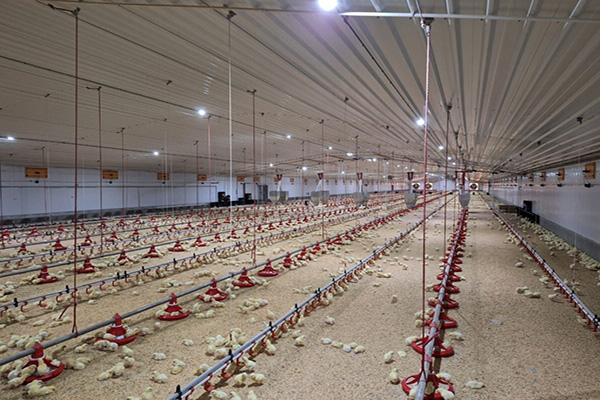 stem typically uses automated lighting systems that simulate natural daylight cycles, promoting egg production and reducing stress.
stem typically uses automated lighting systems that simulate natural daylight cycles, promoting egg production and reducing stress.
4. Feeding and Watering Systems
Efficient feeding and watering systems are vital for maintaining the health and productivity of the flock. Automated feeders and waterers ensure consistent access to nutrition and hydration, which is crucial for peak performance. Modern systems often include feed quality control measures to prevent spoilage and waste.
5. Egg Collection and Handling
Automated egg collection systems are a must in a 10,000 layer operation. These systems minimize handling and reduce the risk of contamination, ensuring that eggs are collected hygienically and transported to market efficiently.
Management Strategies
1. Biosecurity
Biosecurity measures are critical to prevent the introduction and spread of diseases in a high-density poultry operation. This includes strict protocols for entry and exit, cleaning and disinfection procedures, and regular monitoring of the flock for signs of illness.
2. Health Monitoring
Regular health monitoring, including weight checks, feather condition, and egg quality assessments, helps farmers identify potential issues early and take corrective actions. The use of on-farm laboratories can facilitate rapid disease diagnosis and treatment.
3. Staff Training
<p-Trained staff are essential for the successful operation of a 10,000 layer poultry farm. Regular training sessions on biosecurity, equipment operation, and flock management ensure that all employees are knowledgeable and vigilant.
Technological Innovations
Advancements in technology have revolutionized the poultry farmi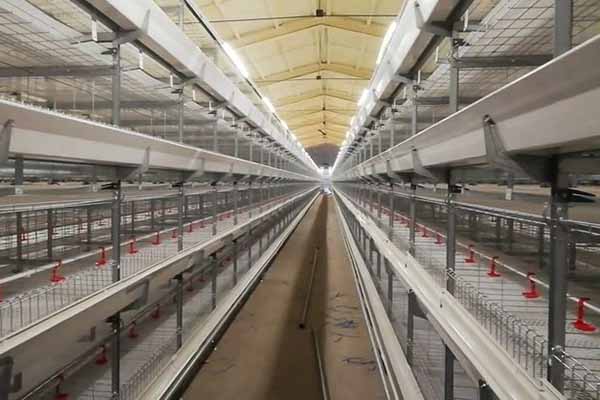 ng industry, enabling farmers to manage large-scale operations more effectively. Some of the key technological innovations include:
ng industry, enabling farmers to manage large-scale operations more effectively. Some of the key technological innovations include:
1. Precision Farming
<p-Precision farming technologies, such as GPS and satellite imagery, help farmers optimize their operations by analyzing soil and environmental data. This leads to more efficient use of resources and improved yields.
2. Automated Management Systems
<p-Automated management systems allow farmers to monitor and control various aspects of the poultry operation remotely. This includes real-time data on environmental conditions, feeding schedules, and health status of the birds.
3. Genetic Improvement
<p-Genetic selection and improvement continue to play a vital role in increasing the productivity and resistance of poultry breeds. By selecting the most suitable birds for breeding, farmers can enhance the overall performance of their flock.
Conclusion
<p-An efficient 10,000 layer poultry farming system is a complex operation that requires careful planning, management, and investment in technology. By integrating advanced equipment, employing effective management strategies, and staying abreast of technological innovations, farmers can achieve high yields while ensuring the health and welfare of their birds. Embracing a proactive approach to poultry farming not only benefits the farmer's bottom line but also contributes to the sustainability of the industry as a whole.




